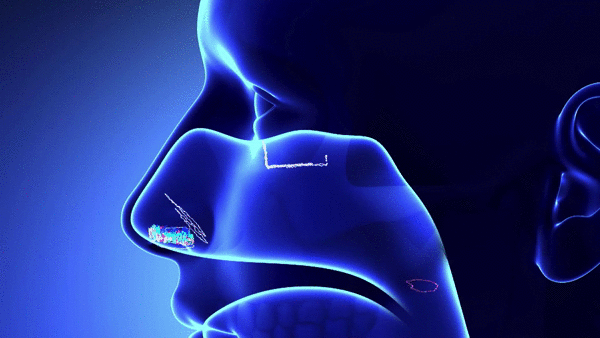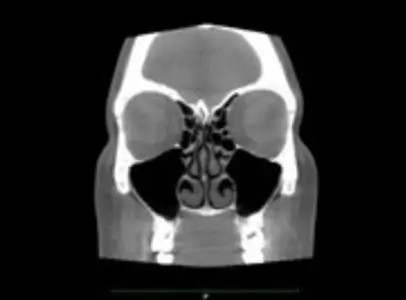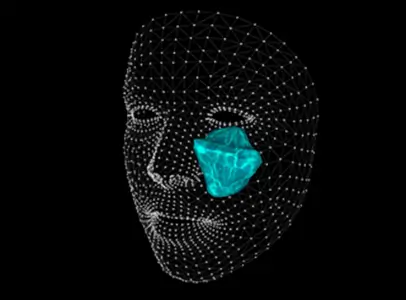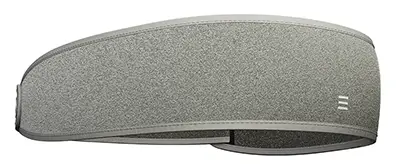SONUCast
Personalized Allergy Forecast Tool
SONUCast is your go-to tool for managing allergies, built right into the SONU app. It provides a real-time, personalized allergy forecast, so you can plan your day without the surprise of allergy symptoms – just like checking the weather.
Exploring the Research Behind SONUCast
There is a ton of science backing the SONUCast technology. Want all the geeky details? Read on!

NIDCD grantee Kai Zhao, Ph.D., Ohio State University (NIDCD grant RO1DC013626), and Ohio State University Wexner Medical Center Media and Public Relations
Every person’s nose is unique! Why does this matter?
The shape and size of your nasal cavity play a big role in how allergies affect you. When the nasal passages are shaped a certain way, it can change how air flows and how allergens, like pollen, settle in your nose.
At SoundHealth, we research and apply advanced technology to better understand and address nasal congestion and allergy symptoms. We use smartphone facial scans combined with machine learning (ML) algorithms to accurately predict the structure of the nasal passage. Our research data is the most comprehensive of its type, including patient-reported nasal congestion scores, geo-tagged to show the pollen levels in the air when the patient’s CT scan was taken, based on hundreds of individuals.
We then used all of this rich data to develop a machine-learning model trained on a combination of CT scans, facial recognition landmarks, symptom reports, and geo-tagged pollen data. This model helps us explore the relationship between nasal anatomy and allergy symptoms. Our findings suggest that certain nasal structures are more prone to trapping pollen, leading to more severe congestion and other allergy symptoms.
By using a large dataset that considers factors like temperature, humidity, and various pollutants in the air, we can predict which individuals are more likely to experience worse symptoms based on their anatomy and environmental conditions. This data is what powers SONUCast.
Study Details:
Researchers compared detailed CT (x-ray) scans of nasal cavities to their smart phone facial scans. They used these scans to measure specific anatomical landmarks of each person’s nasal cavity and then calculated their dimensions. They compared these numbers and usage data from hundreds of SONU app users to predict allergy symptoms based on anatomy and real time pollen levels.


What They Discovered:
The results showed that nasal anatomy played a significant role in severity of allergy symptoms like nasal congestion and higher risk predictions were associated with 33% higher usage of the SONU band, especially during high pollen seasons.
Data Driven Results: Enter SONUCast
This study highlights the importance of the sino-nasal anatomy in understanding how allergies affect different people. SONUCast uses a patient’s nasal dimensions as part of its patented AI technology to analyze your facial anatomy and geographic location. The app scans your face using your smartphone camera and applies advanced algorithms to predict how allergens will affect you based on local air quality, pollen levels, and your individual sinus and nasal structures. With this rich, personalized data, SONUCast helps you stay ahead of allergy attacks.
Optional: Pair with the SONU Band
If you own the SONU Band, the world’s first FDA-approved device for treating allergic rhinitis, SONUCast works in sync with it. You can predict and treat your symptoms in one go. But even if you don’t have the band, SONUCast still offers powerful allergy management tools through the app.
Getting Started with SONUCast:

Try SONU band:
Sign up for a 30-day risk free trial.
